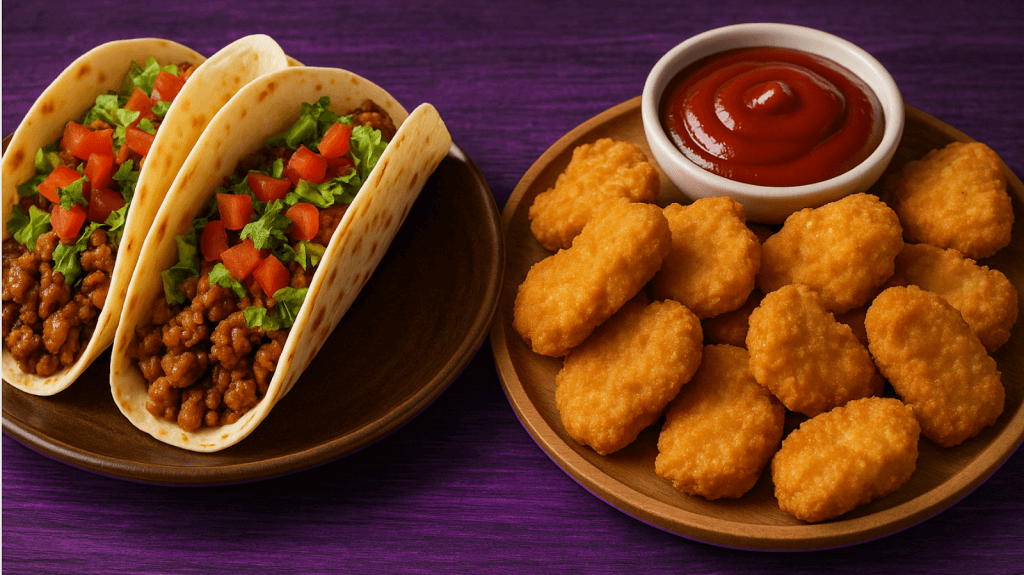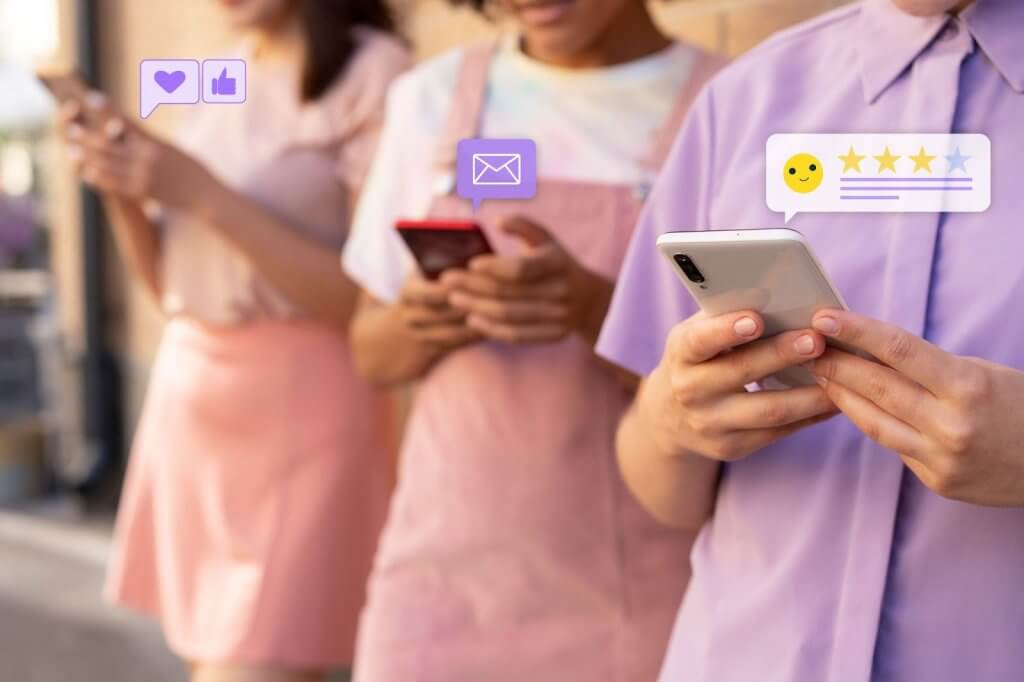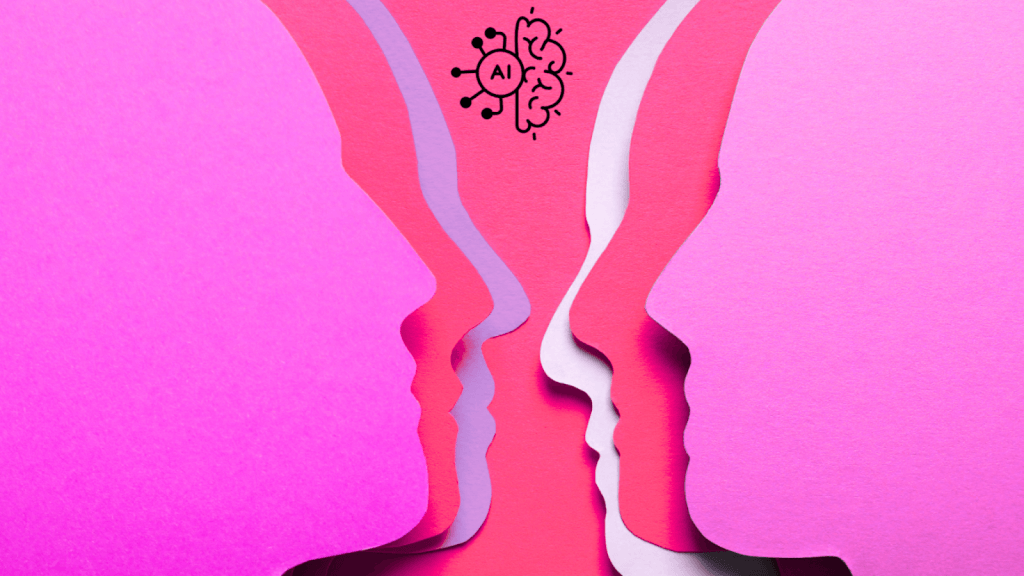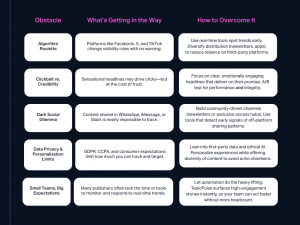Content is everywhere, but true engagement is rare. Audiences are bombarded with an endless stream of headlines, videos, reels, and breaking news alerts. What makes someone not just pause, but click on your story? What makes them share it with a friend, or come back day after day to your site? The answers are rooted in a blend of psychology, data science, and an evolving toolkit of AI-powered insights.
For digital publishers and content strategists, cracking the code of engagement isn’t just about vanity metrics. Clicks, shares, and long-term loyalty translate into sustainable growth, whether through ad impressions, subscriptions, or influence. But in a fragmented, fast-moving ecosystem, traditional instincts aren’t enough. This is where science—and smart AI technology—steps in.
What Drives Clicks?
Hint: It’s basically psychology—with a dose of timing and tech.
What compels a person to click on one headline and scroll past another? Researchers and content strategists agree: emotional engagement is at the core.
A 2017 study by Jonah Berger, author of Contagious: Why Things Catch On, found that content eliciting high-arousal emotions like awe, anger, and anxiety was significantly more likely to be shared. The same principle applies to clicks. Headlines that tap into fear (“Are You Making This Mistake?”), curiosity (“You Won’t Believe What Happened Next”), or urgency (“Act Now Before It’s Gone”) consistently outperform neutral ones.
But emotional appeal alone isn’t enough. In a landscape shaped by social and SEO algorithms, other elements come into play:
- Headline clarity and promise: Clever-for-the-sake-of-clever rarely converts. Headlines that work best are the ones that make a clear, compelling promise—and deliver on it. Take this real-time CNN example surfaced by TopicPulse under its “About to Go Viral” filter:
“Taco Bell is bringing back a wildly popular menu item.”
It’s simple, specific, and immediately engaging. You’re not only curious about what’s coming back, but if you’re in media or sales, you’re already thinking: How can I spin this for my QSR clients? It taps into appetite, nostalgia, and opportunity—all in under 12 words.
- Relevance to trending conversations: AI tools like TopicPulse help newsrooms align headlines with real-time audience interests. TopicPulse flagged this Taco Bell nugget revival as trending before mainstream coverage peaked—thanks to early chatter from fast food influencers, social media reactions, and nostalgic Gen Z threads. Publishers that acted on this signal early were able to frame the story around cultural resonance (limited-time hype, fast food loyalty wars, flavor innovation) and ride the momentum.
- Platform-native formatting: A headline that works on Google may not work on Facebook or TikTok. Successful publishers tailor their language accordingly. The same Taco Bell story can take many forms depending on where it lives:
- Web SEO: “Taco Bell Chicken Nuggets Return for Limited Time—With a Crunchy New Twist”
- Instagram Caption: “These nuggets sold out in a week. Now they’re back.”
- TikTok Overlay: “Taco Bell’s bringing THESE back 👀🔥”
Each version leans into the voice, pacing, and emotional appeal of its platform. That’s smart formatting—and it’s what separates good content from content that gets noticed.
What Drives Shares?
Hint: It’s not just about reach—it’s about identity.
Clicking is private; sharing is public. That distinction is key.
People share content to signal identity, affiliation, and awareness. According to research from the New York Times Consumer Insight Group, the top five reasons people share content include:
- To bring valuable and entertaining content to others
- To define themselves to others
- To grow and nourish relationships
- For self-fulfillment
- To get the word out about causes or brands they care about
This means content that aligns with someone’s values, reinforces their beliefs, or supports their community identity is more likely to be shared. Think opinion pieces, how-tos, or explainers that echo trending debates.
Format also matters:
- Visual storytelling: Infographics, short videos, and interactive visuals drive higher share rates than plain text.
- Listicles and concise tips: Easy-to-skim content performs well, especially on mobile.
- Social proof cues: Articles that display share counts, comments, or endorsements from trusted figures see a lift in reposting.
BuzzFeed built an empire on this model, but even traditional outlets like NPR and The Washington Post have embraced tailored share strategies. For example, NPR’s Life Kit uses visual branding and concise, emotionally resonant descriptions that travel well on social feeds.
What Drives Loyalty?
Hint: Trust and habit—delivered with consistency.
Click and share metrics might get someone in the door, but loyalty is what keeps the lights on. Returning readers, subscribers, and brand advocates are the true north for content strategy.
Loyalty is earned through consistency, value, and trust. Research by the Reuters Institute for the Study of Journalism shows that the most loyal readers prioritize brand credibility and topic expertise. In the age of misinformation, accuracy and transparency are not just ethical imperatives—they’re competitive advantages.
Strategies that foster loyalty include:
- Content personalization: AI-powered recommendation engines tailor news feeds to reader behavior, increasing repeat visits. Netflix pioneered this for entertainment; media platforms like SmartNews and Flipboard are doing it for journalism.
- Community interaction: Comment sections, forums, and member events deepen engagement. The Atlantic and The New York Times both offer subscriber-only member experiences.
- Habit-forming content formats: Regular columns, newsletters, and audio features help audiences build consumption habits. Morning Brew grew to millions of subscribers through a consistent tone and delivery format.
How AI is Powering Engagement
Your instincts are good. AI just makes them…faster.
Artificial intelligence is redefining what it means to understand an audience. With AI tools like Futuri’s TopicPulse, Chartbeat, and Parse.ly, publishers can monitor what’s trending, what’s resonating, and what’s being overlooked in real-time.
A recent article from Axios provides an example from Patch, the hyperlocal news platform. By leveraging AI to automate and personalize newsletter content, Patch expanded its reach from 1,100 to 30,000 communities, according to Axios. The key was localized relevance and data-driven decisions.
The Washington Post, under the leadership of former editor Marty Baron and now an AI-forward strategy team, has integrated machine learning into content production and distribution. According to Business Insider, the newsroom uses an in-house tool called Heliograf to automatically generate basic news updates, freeing up journalists to focus on deeper reporting and enterprise work.
Even legacy players like the Associated Press are embracing AI. In partnership with Google, AP is feeding real-time updates into AI-powered experiences, such as Google’s Gemini chatbot. This not only expands reach but integrates journalism into daily habits.
What’s Getting in the Way? Real-World Challenges in Engagement Strategy
You can’t optimize what you can’t see.
Of course, engagement doesn’t happen in a vacuum. Publishers face real obstacles:
What the Future Looks Like
The future’s bright… yes, but it’s also algorithmically optimized.
The science of audience engagement is moving fast, and the winners will be those who understand both the data and the human behavior behind it.
In this future, editorial instinct is complemented—not replaced—by machine learning. Creative storytelling is amplified by smart distribution. And loyalty isn’t just a product of habit, but of purpose-driven content that earns a place in people’s lives.
As we move deeper into 2025, the most successful publishers won’t just ask, “What will get clicks today?” but “What will make this worth someone’s time, every time?”
Interested in Optimizing Your Engagement Strategy?
Futuri’s TopicPulse offers real-time content intelligence to help publishers tailor content, drive meaningful clicks, encourage social sharing, and build lasting reader relationships. The science is here—it’s time to put it to work.
And hey—look at you. You made it this far.
That’s engagement.
So go ahead, share this with a colleague. It just might earn you some social validation, reinforce your identity as the smart one on your team, and spark a great discussion in the next content meeting. (See what we did there?)
[button class=”” href=”https://futurimedia.com/solutions/topicpulse/” label=”See How TopicPulse Works” target=”_blank”]









